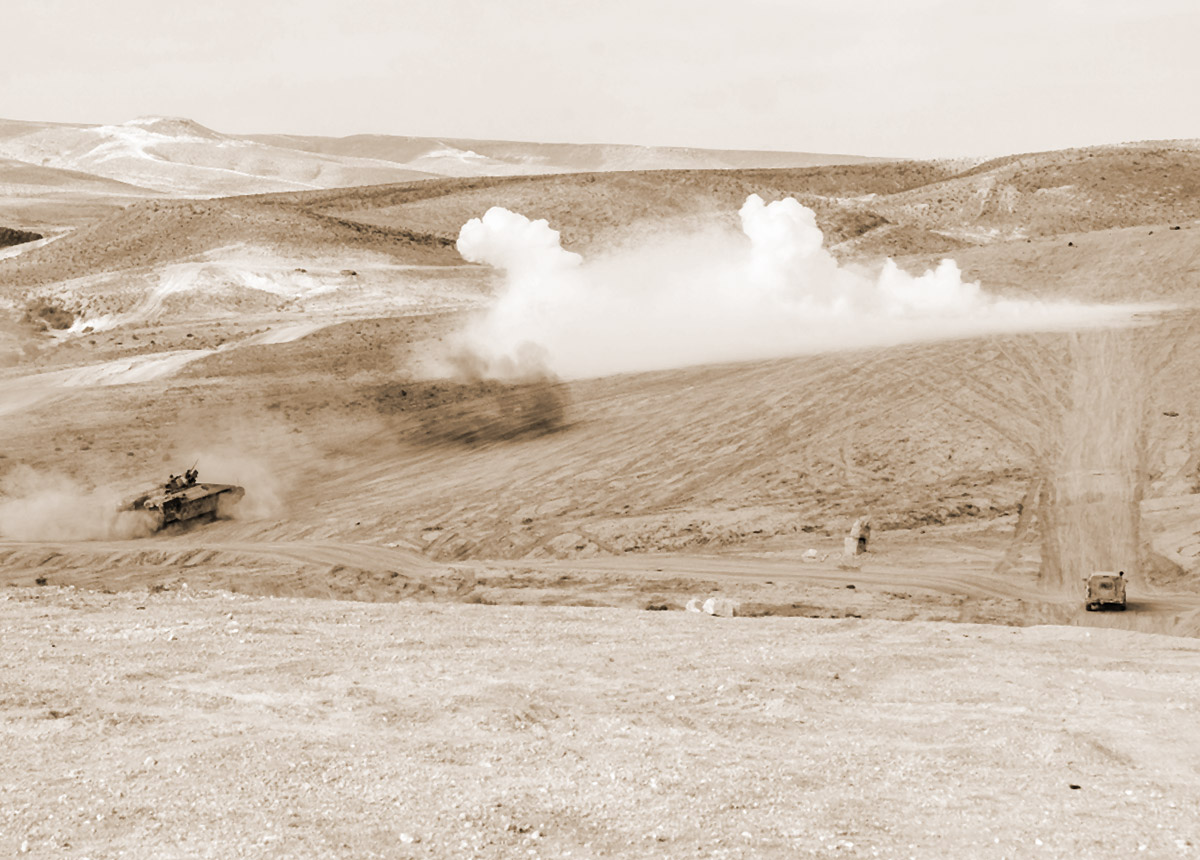Discovering the Power of Women on the Male Psyche
As we were waiting to be deployed in the 1973 (Yom Kippur) war, I noticed that almost all my fellow officers were impatient to engage in battle even though it was clear that doing so was likely to result in high casualties to our unit – and, of course, to ourselves. In fact, some men even tried to exert influence on the high command to get us deployed. Believing that the war could have been prevented, I was more ambivalent. I felt spacious with time in our ‘wait and see’ position by the gorgeous Sea of Galilee, and wondered what the soldiers were actually thinking in anticipation of being at war and at risk for their lives. So I started questioning soldiers about their attitude, and almost of all of them said they unequivocally wanted to engage in battle, regardless of the high probability of injury or death. As soon as I realized this, I went out again, this time with my notebook, asking the bored and anxious ‘to-be-deployed’ soldiers why they were so eager to go to war and risk their lives. Aside from the cliché response of wanting to defend the country, when I invited them to go deeper most of them said they did not want to come back home without a war story. Now my curiosity skyrocketed and the researcher in me could not wait to go back and ask the soldiers, “Who is this story for?” The response took me completely by surprise. They did not want to come back home without a war story to tell their wives, sweethearts and girlfriends. It was a truly (personal and academic) ‘aha-moment’ realizing the invisible powerful presence of women among the battle-ready paratroopers, such that they were willing to risk their lives rather than come home without a story of heroism of some sort.
As an analyst, even then,
I researched the behavior
of the soldiers who I commanded
and asked:
why are you risking your lives to go to war?
The answer they gave was baffling.
The story the soldiers told me
was they did this for women,
whose presence permeated the air,
who contributed to the war effort,
more than I ever surmised or thought possible.

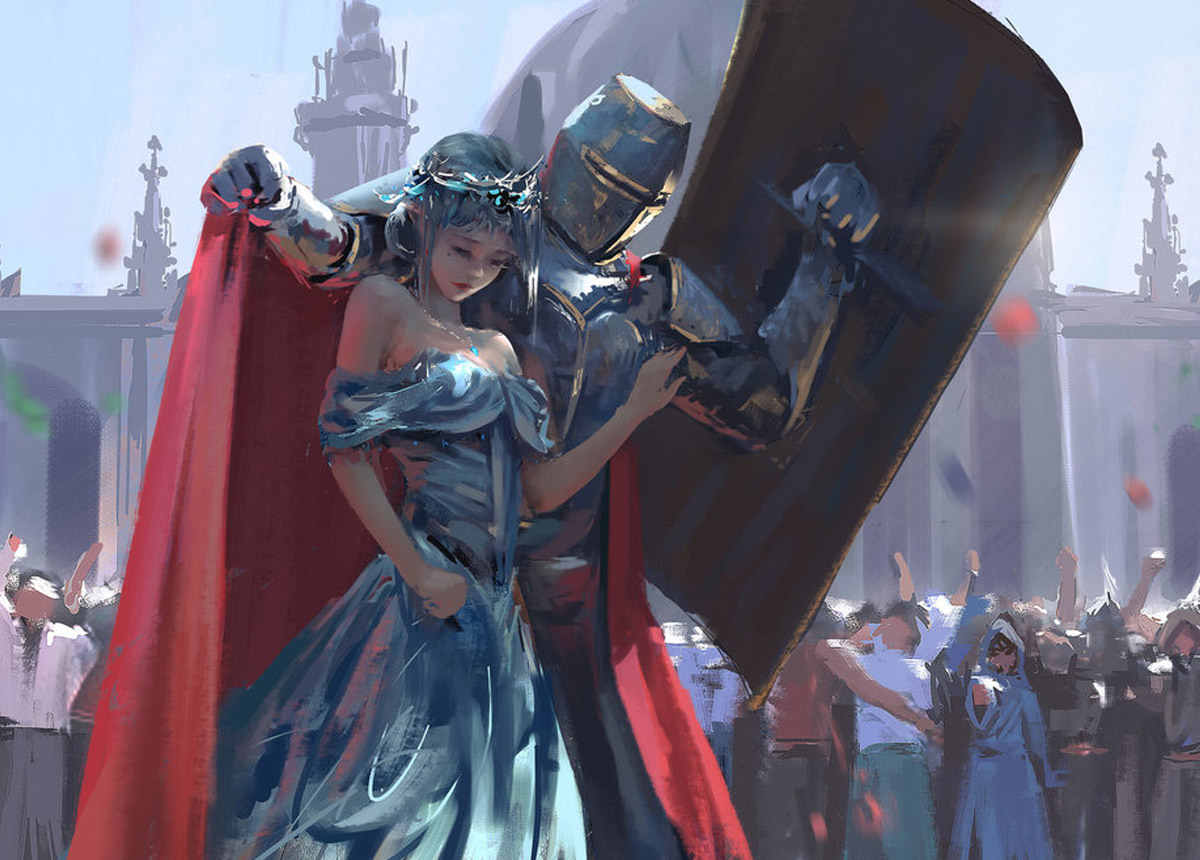
Rethinking the Myth of the “Warrior and the Beautiful Soul”
The fascinating and surprising revelation of the invisible yet powerful presence of women among us heroic paratroopers has stayed with me for a long time. Years later, when I ‘converted’ to psychology, I chose to explore the intriguing psychological complexities of relationships between men, women and war. Studying the commonly held beliefs, such as “men are more violent than women,” “women are the peaceful gender,” or “if women were running the world there would be no war,” and being aware of my contradictory experience with my paratrooper unit gave birth to my doctoral dissertation, as well as to more extensive post doctorate research, publications and lectures on the topic of The Complex and Intriguing Relationships Between the Warrior and the Beautiful Soul. My research pointed to the obvious facts that some of the most war-mongering heads of states have been women, such as Indira Gandhi of India, Margaret Thatcher of England and Golda Meir of Israel. It also led me to explore the complex, rarely discussed, and certainly politically incorrect topic of the interactive nature of domestic violence in heterosexual relationships and in lesbian and gay relationships. While hard to acknowledge, admit or digest, increased number of studies have determined that the rate of Same-Sex Intimate Partner Violence (SSIPV) among lesbian couples is, surprisingly—or, some may argue, not surprisingly—higher than the rate of intimate partner violence (IPV) [i.e., men violent against women] among heterosexual couples. More broadly I walked into the equally politically incorrect minefield exploring the role of some victims in their own victimization.
The relationship, between warriors & beautiful souls
Between men who started wars,
and women who were to be passive, ‘peaceful’
But often, in fact, were not
Apparently, women could be war-mongering
in thoughts, wives, girlfriends and as leaders
and so the waters were muddied
women were not always peaceful
or passive bystanders to violence,
and to the world, around them.
Monkey & Me: Respect For & Identification With the Enemy
After a few days of cautiously moving towards enemy lines in the 1973 war, our military unit became the target of artillery shells. Some fell to the left of us, some to the right, some in front of us where we were headed, and some behind us, where we had been an hour ago. In a curious, fascinating, and yet terrifying pattern, the shells began to gradually close in on us in a perfect lethal circle, closer and closer on all sides. As our unit paused under a grove of high palm trees, the shells began falling so close to our group that it became obvious that the artillery weapons were being systematically directed by someone or something that was aware of our location. Was there an unseen aircraft tracking us, a satellite, or an eye in the sky?
As we frantically tried to figure out who/what was doing this we peered at the sky through the fronds of the palm trees above and suddenly spotted what in some military jargon is called a “monkey” — a perfectly camouflaged Egyptian soldier sitting atop one of the trees, trying to blend in with the thick canopy. We instantly realized that he was the one providing his fellow artillery soldiers miles away with the exact location of our unit. Within a milli-second, about 20 to 30 solders aimed and rapidly shot their M-16’s automatic guns at him. By the time he hit the ground he had several hundred bullet holes in him. Needless to say, he did not suffer much. A couple of distressed, frightened and enraged soldiers even shot a few more rounds into the lifeless bleeding body.
I looked at this bullet-ridden corpse and experienced an upwelling of admiration, respect, and even awe, for this man who had directed his artillery on our unit… and in the end, on himself. I considered how he had been deliberately and consciously ready to face death in defense of his country, just as I had been a couple of days prior while crossing the bridge of fire. My feelings of identification and admiration were not shared by my fellow soldiers. In fact, a fellow officer rushed toward the body and took the bayonet off his gun, both as memorabilia and as an attempt to humiliate the enemy. I was unexpectedly overcome with rage and hatred towards this man’s lack of acknowledgement of the bravery of the monkey. I instinctively wanted to protect his body, and at the bare minimum, have our unit spend a few seconds around it to honor the complex relationship that we had with our enemy. I did feel hatred towards the threat he had posed to myself and my soldiers, yet I also was touched by his sacrifice and courage. I was very aware that I could have been the one to be riddled with bullets just a couple of days earlier on the bridge.
In effect, this is what we soldiers are about: walking the tightrope of potential sacrifice while defending our country as heroes. Yet, I suspected that the monkey, like me, had not viewed his defiance of death and willingness to sacrifice as particularly brave or heroic. Rather, his act was a way to embrace life in its fullest. Ironically, saying ‘Yes to life’ meant also saying ‘Yes to death.’
I identified and could understand
the role of the monkey
a soldier who provided his artillery soldiers
with the location of our unit
That he had been willing to die
and willingly sacrificed himself,
without fanfare,
as part of the greater ecosystem of life
and for his country.

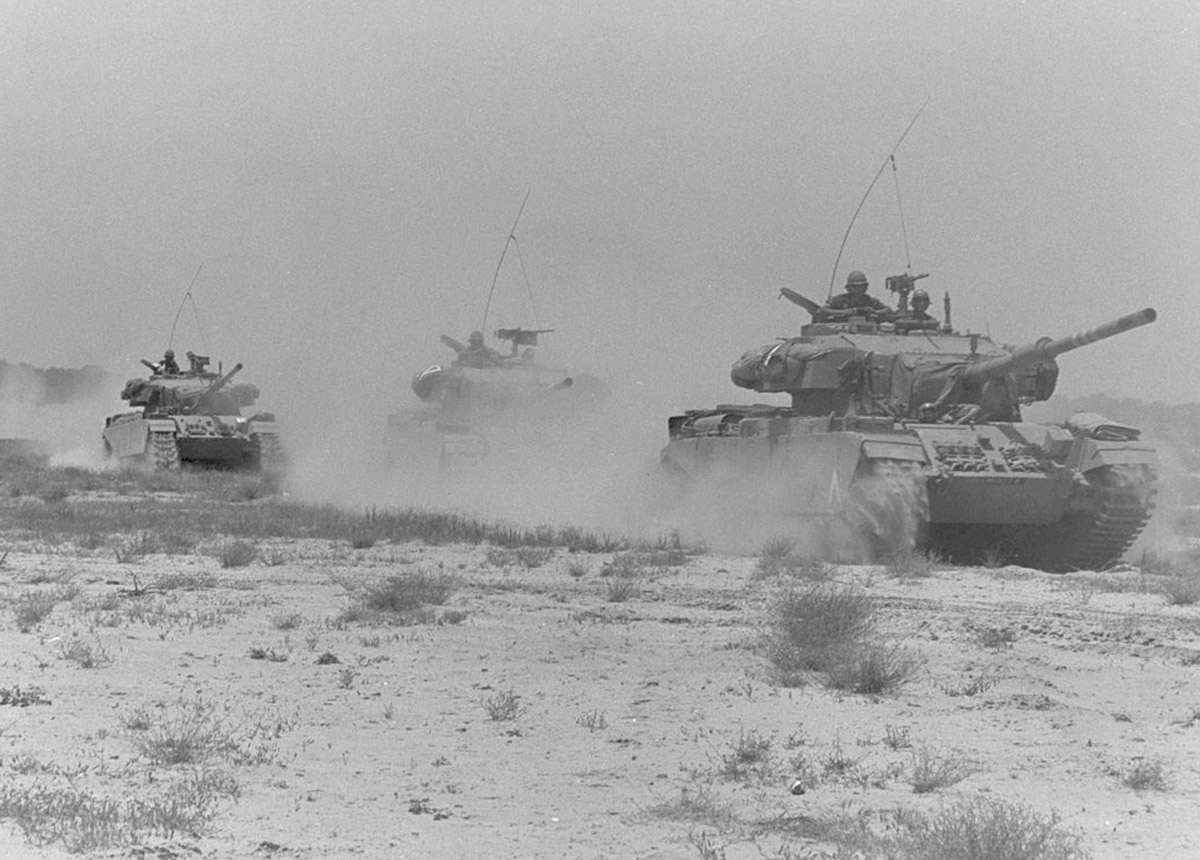
When my Calf was Blown Off in Battle of Ismailia: Am I a War Hero or My Parents’ Sacrificial Lamb?
In the waning minutes of the Yom Kippur (1973) war, I once again found myself at the aweinspiring boundary between life and death during the Battle of Ismailia when I was seriously wounded after most of my left calf was blown off and I collapsed in complete and utter silence. The silence, as I put together months later, was partly due to the fact that I lost my hearing when the intense enemy bombing ruptured my eardrums. As soon as I collapsed into this zone of silence and injury, as if someone had literally pulled the rug from underneath me, I told myself, “I lost my leg because I should have not gone (or walked) to a war that I did not fully believe in.” (Later in life I followed up on this interpretation and explore in depth the constructs of the ‘metaphor of illness’ or the meaning of dis-eases.)
I was evacuated under heavy fire, and to my deep distress found myself in an armed vehicle, which I knew to be an easy target for the enemy’s lethal shoulder missiles. What was strange about the morphine-induced delirium I experienced during this evacuation was that I became less worried about being blown up by a lethal Egyptian shoulder missile than I was about being part of an imaginary ‘cosmic play,’ in which I was the sacrificial lamb to my peace-loving parents who were simultaneously and paradoxically against the war while proud of their ‘sacrificial hero/wounded lieutenant son.’ Years later, in an attempt to make sense of this bizarre but intriguing experience, I devoted considerable time to exploration of what is known as the Medea Complex, or the unconscious wishes of parents to kill their children as manifested by the 25 years (one generation) average of war cycles in modern times.
War hero, sacrificial lamb
In a war I did not fully believe in
My left calf, blown apart
Like the peaceful beliefs that had been planted,
like tulips in my heart
The world around me, sounds, colors
Faded in, briefly
My life, my being, my very essence
My fate, left in the balance
Between the desert and the cosmos
I was a boy – Lahakat Hanahal; להקת הנח”ל – הייתי נער
An equally powerful song that has stayed with me since my youth, and is likely to linger for the rest of my life is I was a boy also sang by Lahakat Hanahal. Lyrics: David Atid; Melody: Yair Rosenblum; Translation: DeAnna L’am
Heart-breaking and beautiful, the song captures the lifelong permanent damage suffered by millions of (the best of the best) young men who have been routinely, every generation, recruited to fight wars all over the world in the past 10,000 years. I am among those millions who were indoctrinated to fight to the bitter end, and to sacrifice our lives for the, often, senseless causes of our leaders, parents, as well as variety of economic forces, including the obvious, military industrial complex.
One of my dissertation topics was: “The Medea Complex and the Cycle of war” where I intended to explore the fact that wars, on average, take place globally in 18-22 years cycles, which is, like Medea who killed her children, the older generation sends the younger generation to war where the ‘best die first’ thereby the challenge to the older generation’s authority and power is significantly reduced.
The Rolling Stone powerfully attempted to address the same ‘post (Vietnam) war’ dynamic in their forceful song I want to paint it black.
Generally, ‘we’, young soldiers are barely 18 years old when we go to war to inflict destruction and to readily meet death: of our brothers, of the “other”, and possibly our own. This song potently describes all that we lost in the process: life, energy, power, innocence, trust, the ability to love, and perhaps most importantly the excitement and exuberance of our adolescence.
I was a Boy
The targets are cleansed and destroyed
Snow on mount Hermon melts in the sun
In a ghost town on the Golan Heights
A lonely donkey is lost like before the war
Summer returned to its old strongholds
But your face, my boy, remains changed.
Curtains and window blockers were removed
The city clerk locked the bomb shelters
Grasses climb and grow
Fresh greenery over scabs and canals
Pomegranates returned to market booths
But your face, my boy, remains changed.
I had a boy in love, I had a boy,
Clear was his voice, clear were his eyes
The battle now silent, he returns to the gate
But his gait is heavy, and his face sealed.
הייתי נער
היעדים מטוהרים והרוסים
שלגים על החרמון מול שמש נמסים
ובעיירת רפאים על הרמה
חמור בודד תועה כבטרם מלחמה
הקיץ שב למשלטיו הישנים
אבל פניך נערי נותרו שונים
הוילונות הוסרו והנייר גורד
פקיד העירייה נעל את המקלט
שלוחות הדשא מטפסות ומעלות
ירוק טרי על צלקות התעלות
הרימונים חזרו לשוק לדוכנים
אבל פניך נערי נותרו שונים
היה לי נער מאוהב היה לי נער
צלול היה קולו צלולות היו עיניו
הקרב נדם ושוב קרב הוא אל השער
אך הילוכו כבד וחתומות פניו
Life resumes
Snow melts on Mount Hermon,
cleansed by the golden sun
But the boy’s face has changed
Is covered with worry, twisted, shriveled
a mirror reflecting the horrors of war
The battle has ended in the desert
But has just begun in the boy’s mind
A lifetime of suffering
An innocent, lost

The Crater Dilemma: Instinct vs. rational & impulse vs. logics
Another memory from the 1973 Yom Kippur war: we are deep in the desert and artillery shells, with their lethal downpour, were raining down all around us. Each exploding shell created a crater in the sand. I was standing at the edge of one of these craters, covered with dust from the latest explosion. Obviously, my instinct told me to run for my life, to run as fast as I could away from that crater before the next shell struck, but my military training repeatedly ran through my head telling me that ‘two bombs never fall in the same place.’
Accepting that premise meant that this new crater was the safest place around and therefore I should jump into it, against all my instinct. In the confusion of life and death, it was the fight between intuition and the brain – instinct vs. rationality. I jumped into the crater, which probably saved my life. I have, since that day, always wondered how many times in life we stand at the edge of craters needing to weigh our instinct against our rational inclination; our impulse against the logical choice. Indeed, life presents us with situations where a crater may even sink us into the earth, but where the seeds of creativity may flourish. (Listen to an audio recording, describing this junction)
A recollection of the 1973 Yom Kippur war,
shells exploding,
undisturbed sand became a bed of craters,
for us soldiers to hide in perhaps,
from the storm of shells that poured fire on us
even impulsivity had reason over logic,
meant life and not a sudden death
Idiotic Myth: “Israeli Paratroopers Don’t Get PTSD”
Right after this bizarre scene with my doctor, I started training myself to walk again. I rejected any physical therapy and spent long nights, all alone, walking on the hospital room porch, holding on to the rail, and ‘silently’ crying in pain. When I eventually went back to the Hebrew University in Jerusalem to continue my studies, I also went back to riding my motorcycle and playing basketball on the university team. The subsequent surgeon, unusually but effectively, used my performance on the basketball court as a yardstick to measure when I was ready for the next surgery. Obviously, this injury was followed by a few years of intense pain, determination, surgeries, rehab, deep contemplation, and finally, full recovery in spite of a very poor prognosis. It took me many years to attend to the traumatic aspect of the war injury & war experience and numerous other traumas I’d experienced in my lifetime and embrace the illuminating concept of Post Traumatic Growth (PTG) rather than Post Traumatic Stress Disorder (PTSD).
Learning to walk again
alone At night
the only sound, My heartbeat
feeling intense waves of pain
Looking for an oasis of healing
A spring inside of myself
A determination to heal, spiritually,
Physically and emotionally.


From Fish to People: On Mothers, Women &… War
At 29 years old, I moved to the US to do my M.A. in counseling at Lesley College in Cambridge, Massachusetts, ‘slightly’ shifting my career interests and path from fish and oceanography to psychology, psychotherapy and counseling. Within psychology I was interested in learning about the healing process for individuals, couples, families, communities and cultures. Initially I was intrigued by the psychology of peace and violence on all levels from the individual to the cultural. I was interested in the roots of war and the prerequisites of peace and explored a variety of theories on these topics. I was especially intrigued with how men and women co-participated in the making of war, or what I called “The role of women in the making of war”, and similarly how parents and their young adult children co-created war systems. (Later, I expanded these interests into thinking about the tensions between life, love, and mortality.)
The deep watery realms of the soul
Where fish become emotions
Where riffs become rifts
Where women’s love shifts
By the seduction of war
Understanding Peace in the Shadow of War: The Roots of Enmity
From 1984 to 1991, alongside my friend and colleague, philosopher-author Sam Keen, I devoted my professional life to promoting peace by deepening the public understanding of the complex psychology of peace and war, as well as the roots of enmity. During these final and challenging years of the Cold War, I gave dozens of presentations and media appearances across the US on such subjects as: Gender and War, The Psychology of Peace and War, Understanding the Light of Peace in the Shadow of War, and Psychology of the Nuclear Age.
Following light
Leads to the mystery of shadows
Where wars lurk
Where fear thrives
Where light of consciousness
Reveals them

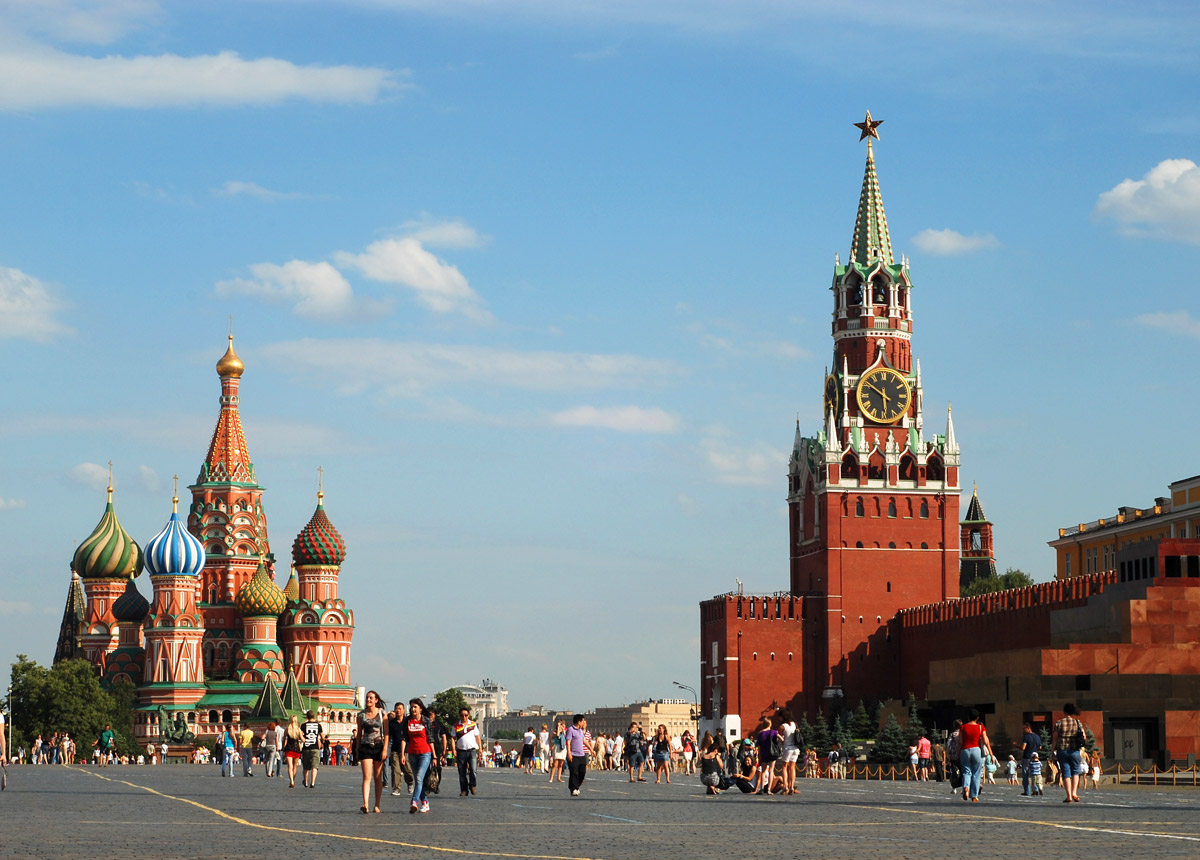
Presenting in Moscow on War Propaganda
In 1987, I was honored to be invited with my friend and colleague, Sam Keen, to Moscow, Russia for a symposium on “Soviet-American Images: A New Perspective,” organized by the Soviet Peace Committee and the Center for Soviet-American Dialogue. Our guest appearances included working sessions with scientists from the USSR Academy of Science. These were exciting times in Russia – the early years of Perestroika and Mikhail Gorbachev’s political reforms. An interesting part of the trip was Kris Kristofferson and his crew was part of our group, where he performed the first rock concert in the history of Russia.
A new perspective
Rising from ashes of the old
The war, always cold,
Changed, transformed
Getting my Ph.D. – Studying the “Love of Hating”
In 1984, at 34 years old, I received my Ph.D. from the Wright Institute in Berkeley, CA. My dissertation centered on the dynamics of how men and women view and co-create warfare, and called sharply into question the almost universal belief that only men are inherently warlike, while women are inherently peace-loving. Subsequently, in a paper, “The Love of Hating”, I refuted another faulty belief – that war has no intrinsic appeal and is only a necessary evil or last resort – and explored the conscious and unconscious attractions of war.
A time of immense pride
To explore unquestionable beliefs
Of war and peace
Shade and sunlight
Perhaps in the shadows
The truth would lie
I’d embark
On my lifelong quest
To examine the faulty notion
That men were mainly warlike
While women were capable of only peaceful actions

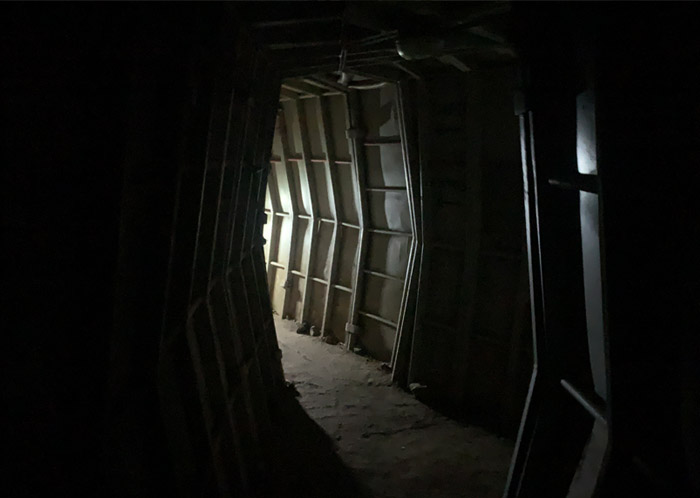
Re-Living my 1973 War experience on Memorial Day in 2022
Visiting Israel during memorial-day for the fallen soldiers has added an interesting and intense aspect of the visit. I joined my best friend Eitan to his military units annual memorial-day ceremony at Tel-Saki on the Golan Hight where his small unit was surprised attacked in the 1973 war and found itself surrounded by hundreds of Syrian’s tanks and soldiers. The ritual included the parents and siblings and the photos of the soldiers who died right there. Some members of the unit, got severely injured and 50+ years later are still heavily disabled. I chose to walk into one of the dark underground tunnels in Tel-Saki in an attempt to remember and re-live my battle experience in the 73 war in the Egyptian front across the Suez Canal. As expected, walking into the dark, long and narrow tunnel, I encountered strong bodily memories of tunnel fighting, of keeping the non-stop the intense fire upfront/ahead while stepping on enemy soldiers’ dead bodies. It was, definitely, an intense experience, but fortunately did not activated any of my PTSD, on which I ‘worked’ for many years, after I finally realizes the stupidity of the belief I was indoctrinated with, that “Israeli paratroopers do not get PTSD”.
An Israeli Palestinian Solution is possible. 2023-2024
By an Israeli lieutenant & paratrooper who served in Gaza & left Israel for moral reasons
Competing historical ‘claims’ of who was first, Moses or Allah or who owns what, Muslims or Jews or who is ‘holier” should NOT be part of the current ‘cease fire’ negotiation. Israel gets its 1948 territory and the Palestinians get the entire West Bank (settlers are out) and Gaza (Hamas and all).
The biggest challenge and the real question for what is happening in the Middle East, Gaza and Israel these days, Oct. 2023 is to acknowledge the deep hatred on both sides and how to live next to each other, reluctantly accepting co-existence with each other. Anti-Semitism incidents and propaganda have soared to a record high in 2023/2024.
I am Ofer Zur, a psychologist, an enmity and war expert, and a former lieutenant and paratrooper in the Israeli army who was wounded in the 1973 war. I was born in Israel in 1950, and during my military service, was stationed in a refugee camp in Gaza back in 1970. This experience led me to the conviction that I had to leave Israel, which I did. (See: I Was Her, Out-Of-Body Experience, On Leaving Israel).
I am watching with horror and deep sadness what is happening in Israel and Gaza since Oct. 7, 2023. Israel bombing Gaza and killing thousands of civilians (post 10/7/2023) does NOT eradicate Hamas, it gives it much MORE strength and popularity.
Knowing the region and the complexities of its people, I am proposing a solution for the situation. The main challenge for Israelis and Palestinians is, how to live or have a ceasefire with an enemy who wants to destroy you.
Here are my views and a long-term peace proposal for the region:
- Israel does NOT have a vote about whether, or not the Palestinians, including Hamas want to destroy it. The biggest challenge for Israelies would be how to live next to a hostile country bent on their destruction.
- Israelis should and must give the Palestinians their own state. No more occupation!!!!! No more hateful settlers!!! Unarmed-peaceful-respectful settlers can stay in the West Bank ONLY if they surrender and accept the Palestinian rule and full control of the West Bank, i.e. Palestine.
- A Palestinian state will include the West Bank and Gaza. They will be connected via tunnel, bridge or train – by appropriate means, satisfactory to both sides. The main reason for this is simply self-preservation for Israel. “Occupation destroys the occupier.” Gaza will have its own sea-port and both, West Bank and Gaza will have their own international airports. Some optimistically, but not very realistically, suggest, that in exchange to giving the Palestinians their own state, they will de-militarized both Gaza and West Bank.
- Israel with its superb military capacities CAN protect itself if it chooses to, (not make it ridiculously easy, as it did on Oct. 7, 2023).
- The hope is that in 2-3 generations (Yes, 2-3 generations, not 2-3 weeks or 2-3 months or even years), the situation will de-escalate, Israel will be forgiven, and incentive on both sides, for cooperation will have developed.
- Not much different that the Protestant and Cathelic in Ireland 1968 to 1998 30 years conflict. And hopefully similarly to how one of the worst conflict in human history between the Hutu and the Tutsi in Rwanda where nearly one million, primarily Tutsi were killed was peacefully resolved. If Israel fully give the West Bank to the Palestinians it is likely to be a similar to the current situation between India and Pakistan that arose out of the 1947 partition of British India, which established a Muslim-majority Pakistan and a Hindu-majority India. They currently co-exist with tension and highly militarized border. Although both countries have maintained a fragile cease-fire since 2003, they regularly exchange fire across the contested border. Both sides accuse the other of violating the cease-fire and claim to be shooting in response to attacks. Fences make good neighbors! Israel may end up with friendly relationship with Palestine they way Israel has very friendly relationships with Jordan and Israel or may be more similar to the India and Pakistan tense but rather stable relationships. Either way is much better and more fair and more just of the current 1967-2023 situation.
The big-picture view and perspective:
Getting the 500,000+ religious settlers out of the West Bank is not easy but definitely doable because: They have no economic base – $ comes from outside. They have light weapons but are not highly trained in using them. They cannot really fend for themselves. They rely on the Israeli army to keep the highly guarded exclusive roads to Israel open. So it is doable to force them out from the West Bank (AKA, Palestine).
In the same way that Israel lives with its enemy relationships in the north, Lebanon and Syria, so will it learn to live with a hostile Palestine.
They bomb Israel, Israel bombs back. Then, in a couple of generations there will be peace, similar to Israel’s current peaceful relationships with Jordan, Egypt and… growing peace with Qatar and Saudi Arabia.
I am hopeful…
I have seen the pain
I have sustained the wounds
I left to refrain
From an immoral existence
I see the dove with an olive branch
Flying in the distance
I am hopeful

Theme #2: Military Experience
Theme #3: My Family & My Health
Theme #4: Questioning Authority, Challenging Accepted Truths & Debunking Myths
Theme #5: Psychology of war – The Love of Hating
Theme #6: Adventures & World Wide Travel
Theme #7: On Good Rules & Bad Rules: Pushing the Limits & Freedom Seeking
Theme #8: My Moral Junctions
Theme #9: Looking at Death Straight in the Eyes
Theme #10: Professional Psychology, Zur Institute & Professional Achievements
Theme #11: On Men, Women, Gender Role and Gender Relationships
Theme #12: At 70’s: Next Mountains to Scale
